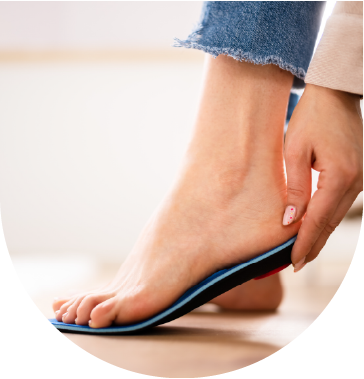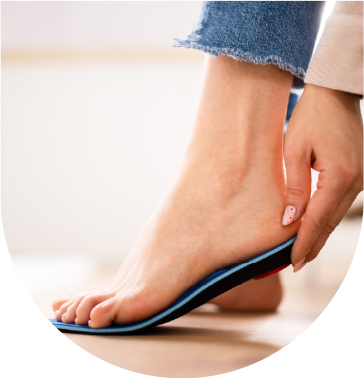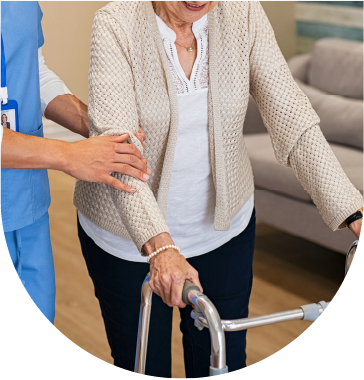Evaluating Running Gait – Impact of Speed on Foot Mechanics

Patient
ABOUT THE practitioner
Dr. Christopher Proulx
Director of Education at Baliston Health
Massachusetts, USA
D.C., Ph.D.(abd), C.S.C.S
Private practice and consultant as a physical medicine and rehabilitation specialist and performance coordinator for individuals and athletic teams.
Holds a Doctor of Chiropractic, PhD(abd) in Exercise Science, Master’s of Science in Exercise Science, and a Bachelor’s of Science in Sport Management and Health Fitness.
Over 25 years of experience in sport and clinical sciences.
Authored and co-authored several peer reviewed publications and has presented his work across the U.S., Central and South America, China, and Europe in many different venues.
Consultant to several manufacturers, clinicians, athletes, and coaches at all levels.
Licensed chiropractor, certified strength and conditioning specialist and former certified athletic trainer (15 years).
PATIENT PROFILE and Reason for Analysis
Active male, complaining of some left foot pain.
Previous history of cuboid dysfunction on left foot, occasional pain but more so creating what seems to be some difficulty in improving running speed for upcoming 5K road race.
Wants to evaluate movement mechanics and potential impact of current and new footwear.
Testing and evaluation procedures and findings
In addition to history, orthopedic and neurological assessment, slight decrease in plantar flexion and eversion manual muscle testing, secondary to some discomfort. Visual inspection of regularly warn footwear indicates higher wear pattern on lateral heel and midfoot and lower wear on the first and second metatarsal region.


A running analysis was performed at two different speeds, a self selected comfortable (current) running pace and a target pace. The cadence appears appropriate, indicating stride/step length match this individual’s speed relative to stature. Asymmetry, of stance time, as well as strike pattern and strike force are in agreement.


With approximately a 9% increase in pace, there is increase in cadence, with a slight increase in attack angle on the right and strike force on the left. The asymmetry is now at 6% and worthy of consideration. Overall in the running profile, changes were correlated with increased pace such as double float, stride length and swing time, with a lowered stance percentage. There is a 2 inch difference in stride length between right (higher) and left, also consistent with increased speed.


The Pronosupination Angles, although consistent with changes in speed, are asymmetrical especially on landing (foot in/strike) and propulsion (foot out/toe off). The standard deviation also increases on the right foot throughout the stance phase
Interpretation of findings
Asymmetry in most any metric or biomarker is worthy of further investigation. In this side-by-side comparison, we see the evolution of asymmetry is consistent with increased time on the right, approaching as high as 11%. Related, is also the strike/attack angle comparison and despite heal striking (although not dramatic) with higher angles, strike forces is always less on the right. This includes a longer stride length on the right, which would normally have a higher strike force. This is consistent with this type of asymmetry although may confuse some to think that the right foot is the faulty performing limb if especially focusing on contact/stance time. In fact, the right leg’s performance is being inhibited by the issues on the left.


The trajectory of the right foot in stance/contact phase is consistent with a normal pattern (heel inversion/supination, reduction of this position for foot flat, transition to first through third ray for toe off/population). The left foot has not only excessive inversion throughout, but the standard deviation is abnormally high, indicating some lack of stability or motor control. This type of trajectory is not conducive to good performance throughout and into propulsion. This is inefficient for absorbing strike force and also influences propulsion such as reduced power, impacting step and stride length and ultimately speed.
Conclusion
The largest issue here is the foot contact and inability to turn over the stride. Without correction, there will be limited ability to improve the pace because there will be limitation in propulsion force and power, and step/stride will suffer on the left. The lack of motor control (standard deviation on contact moments) appears to be not only motion, but likely reduced muscle contraction ability. The self-selected pace may in fact be the maximal speed this person can reach, however based on this information, improper mechanics may lead to an injury.
Intervention should (did include): evaluating footwear where more support may correct some of the stability issues, but retesting will be necessary to determine the extent and likely a corrective orthotic will be required. The cuboid is a very important aspect of the foot mechanics throughout the stance phase, a discussion beyond the scope of this review. Standard rehabilitation for cuboid dysfunction can also support the possibility of running gait improvement, managing pain, stabilizing, and strengthening.


